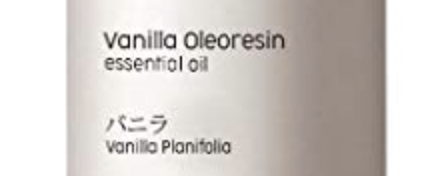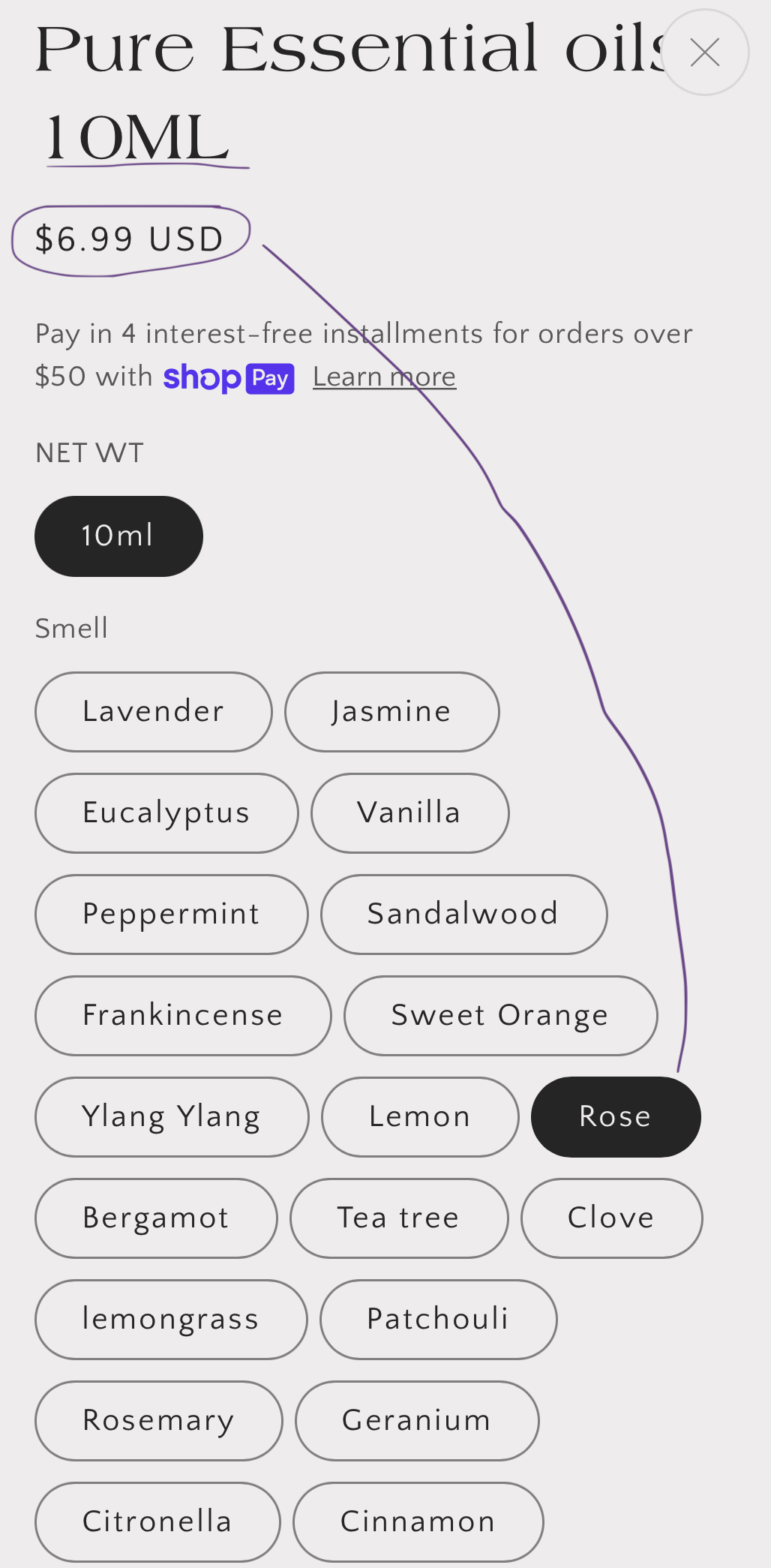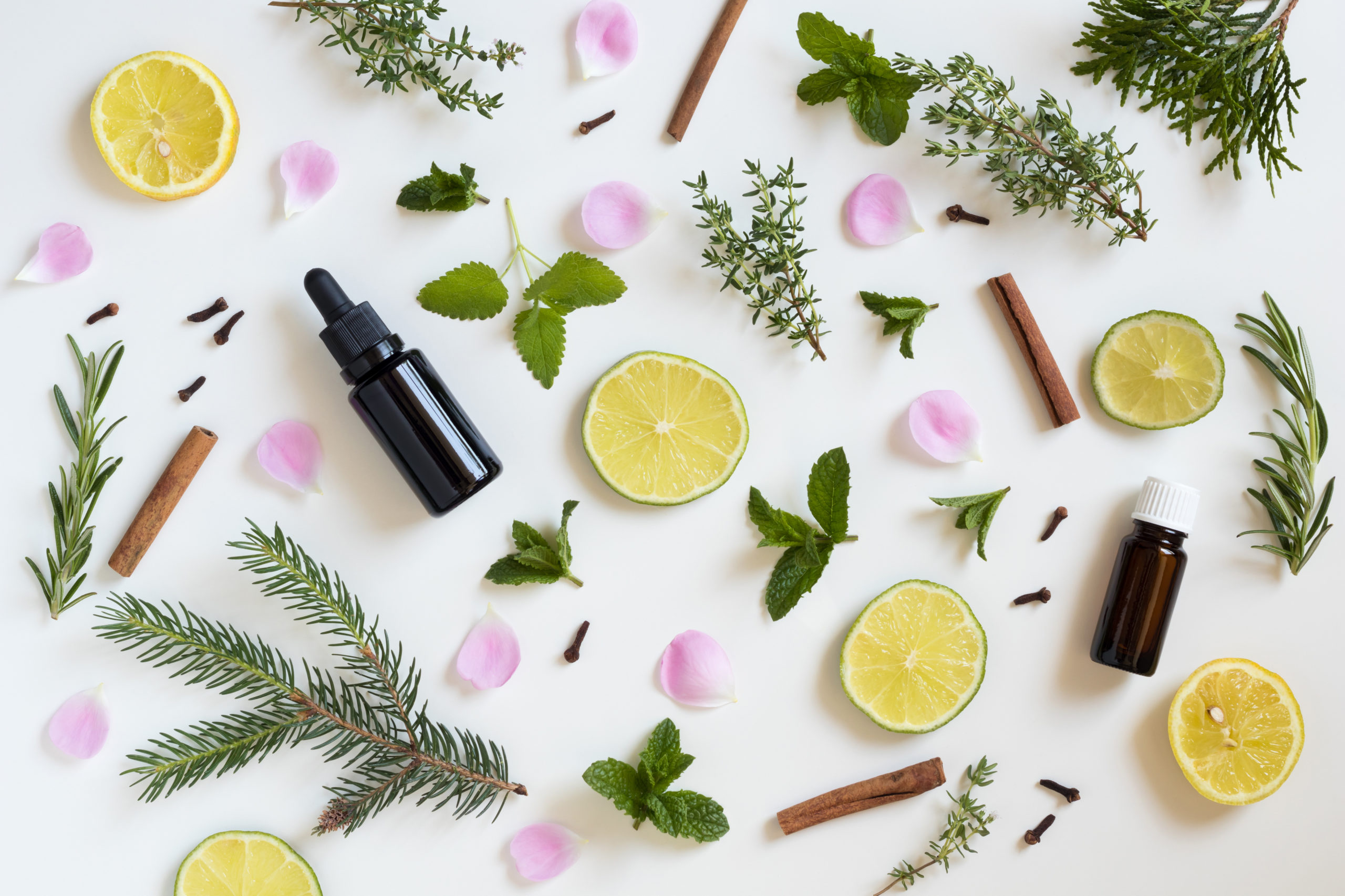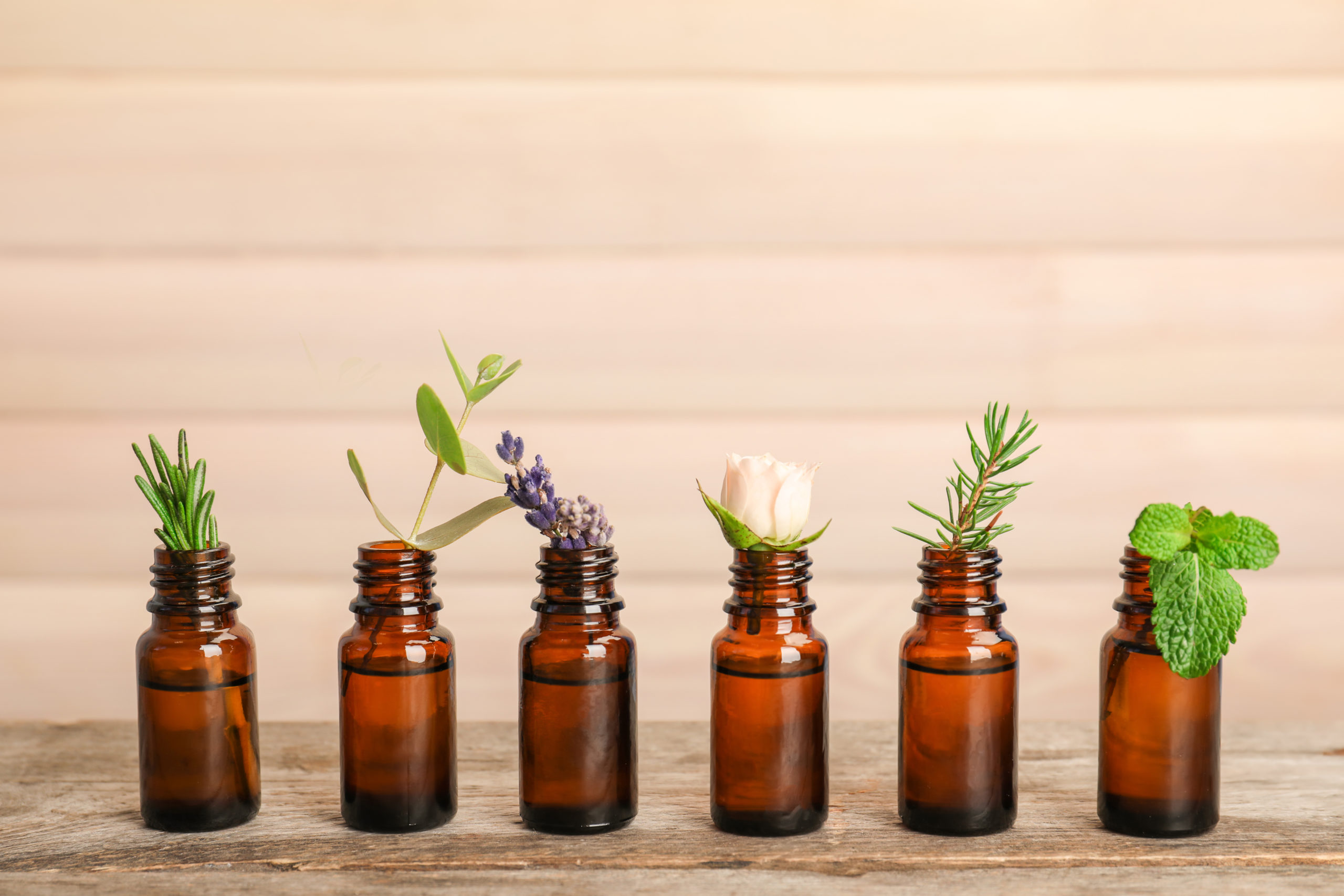When you love essential oils, and you get more into the art and science of using them, one of the things you absolutely want to be sure of is that you are getting the good stuff, and hopefully from a good company. But how can you tell?
There are a few basics to evaluating a new supplier that can tell you whether their oils are worth your money. I would like to share some green flags with you, aka criteria that shows that a company is reputable, and some red flags that suggest you should think twice before investing.
Full disclosure: in order to be able to keep providing you with the kind of content we are, such as research updates and use recommendations, I will not be naming individual companies. Also, each of us has different preferences, so your favorite may not be the same as somebody else’s, and I think it would be a shame to limit yourself to only one supplier with so many people doing many wonderful things in the field. That said, here are some things you shouldn’t compromise on.
1. Botanical origin
Green flag: The plant is identified by it’s botanical name (Lavandula angustifolia, Eucalyptus radiata etc.)
Red flag: The botanical name is missing, or is clearly incorrect
Why it matters: Different plant species will produce different essential oils, and even in the same genus (Lavandula) you may have several essential oil bearing plants that have different profiles. We recently published a post about Lavandula stoechas subsp. puisieri (https://tisserandinstitute.org/seville-lavender/) and if you bought it thinking you were getting “the usual” Lavender, you’d be very surprised!
2. Product images
Green flag: All images for plants are correct and correspond to the source plant.
Red flag: Product image shows the wrong plant.

A company advertised “Blue Chamomile” essential oil with flowers that are neither blue, nor chamomile.
Why it matters: It’s important that the people selling you a product care enough to make sure they use the correct representation. Would you trust someone who uses a picture of a poodle to advertise golden retriever puppies?
3. Extraction method and type of product
Green flag: Type of extraction noted, either on bottle or on the website. This includes: steam/water distillation, expression, solvent extraction, CO2 extraction. Similarly, the type of product is clearly listed (essential oil, CO2 extract, absolute…).

In this case the product cannot be both an oleoresin and an essential oil – these are two different products.
Red flag: Type of extraction is missing, or is clearly incorrect. Minor red flag if “cold pressed” is listed for citruses, as that is not technically correct, but close enough. Product are listed as “fragrance oils” or essential oils from materials that do not yield essential oils (typically fruit fragrances such as strawberry and peach, or flowers such as freesia or wisteria.
Why it matters: The type of extraction is hugely important for safety considerations, as well as therapeutic purposes. A distilled Lime oil will be safe to use on the skin even if you plan to go outside to the sun, while expressed Lime is phototoxic and needs to be either diluted heavily or avoided if sun exposure is expected.
4. Country of origin
 Green flag: Country of origin noted, or disclosed readily upon request.
Green flag: Country of origin noted, or disclosed readily upon request.
Red flag: No country of origin.
Why it matters: This matters for two reasons – one is the essential oil quality, where some oils either only grow in a particular region, or are of superior quality if they come from that region. The other reason is sustainability. You may want to know how far your oil travelled across the world to get to you, especially if a similar crop is available close to you.
5. Analysis
Green flag: Analysis available for the product, ideally batch-specific GC/MS conducted by a 3rd party lab.
Red flag: No analysis available, even upon request. Company operates on a “trust us” basis with no receipts.
Why it matters: It’s important to have transparency, and while you yourself may not be able to fully understand the analysis, the company doesn’t know that.
Note: Recently doing such extensive analysis has become more complicated especially for small suppliers, with shipping delays on samples and increased costs. I would take this requirement more seriously for larger companies that can afford the extra cost.
6. Pricing structure
Green flag: Pricing varies between oils, with oranges and conifers being on the cheaper side, chamomiles and frankincenses somewhere in the middle, and rose and neroli being among the most expensive. Oils are sold in varying volumes (e.g. 1ml to 15ml).

10ml of pure Rose essential oil for $6.99? Too good to be true as the current price for 10ml is around 10x that.
Red flag: All oils cost the same, or prices are too low to be real.
Why it matters: Different plant materials give different yields of essential oil. For this, and other reasons, the production costs will be variable. If a company is selling everything at the same price, something is not right. As a side note, this does not mean that all oils need to be expensive to be good quality, either. Just make sure there is variation between them.
7. Responsiveness
Green flag: Company has clear communication channels you can use to get in touch with them and is responsive to your requests.
Red flag: No contact information or no simple way to get in touch with a company representative. Poor, late, or no response.
Why it matters: This is pretty much self-explanatory. In short, you should be able to get your questions answered or have your issues dealt with promptly.
8. Information
Green flag: Safety information readily available on the website. Trained specialist in the company to advise on use recommendations.
Red flag: Clearly unsafe, or no safety information, misleading or incorrect information. Exaggerated medical claims.
Why it matters: Similar to making sure you are presenting the correct plant material, presenting safe and accurate information to the end user is important to avoid adverse events. Simply saying something “dilute for safe use” is not useful, and this is explained in detail here: https://tisserandinstitute.org/new-survey-reveals-dangers-of-not-diluting-essential-oils/
Bonus point:
Bonus green flags: Sourcing and cultivation type noted (Organic, wild-crafted, fair trade) and supported by an independent and verifiable certification when available. Samples are available, even if not free.
Potential question mark: All oils on offer are claimed to be wild-crafted/organic, even in cases where such determination doesn’t make sense (there is no such thing as wild-crafted citruses for example, as all citrus trees are grafted and cultivated). Certificates not available for these claims.
Why it matters: This is important if you want to make sure you are getting oils from sustainably managed and ethical sources. It’s also good if the company allows you to sample oils before you buy larger quantities – this reduces waste.
Conclusion
These are the main 8 areas that you should focus on when evaluating a company you may want to purchase from. Other criteria, such as cost and speed of shipping, social responsibility, labour practices, packaging materials etc., are more of a personal set of priorities and will not be same for you and the next person. But the areas I mentioned apply across the board.
Perhaps the most important issue is honesty and transparency – a company should be able to answer any reasonable questions, and provide back-up for claims that they made.
I hope you found this helpful and please let me know how you decide who to buy from? (no names though!)




Hana, thank you for This i formation. I am always attempting to explain why it is important to buy EOs that are safe and from a quality supplier. Your posts are always very helpful!
Hi Holly,
Thank you so much! I’m glad the post helped.
There is a Health shop in singapore selling jyst a few products which are tisserand. Eo. I’m curious to know if they are authentic?
Hi Majella,
We are not connected to the brand so you would have to talk to them about their distribution in Singapore.
Excellent read-Thank you very much for sharing this information as it is something we all should be aware of when purchasing our Essential oils.
Knowledge is priceless and we can never have too much of it!
Thank you agin Hana
Yvonne
Thank you Yvonne!
An interesting and worthwhile read, Thank YOU Hana.
Very informative! Good to be
remindedded
Thank you
Im so confused…. I just purchased some young living oiLs, wHich are recommended for ingestion. Then this morning i found out that ingestion is not Safe at all!! Is this true, can someone help me out please? Thanks so much
Hi Marge!
The question of ingesting essential oils is a bit more complicated than just a blanket statement. The short answer to your question of whether or not is it safe to ingest essential oils is that you should only do it if you have sufficient qualification to do it safely and in a way that makes sense.
What that means is that there are ways to safely ingest essential oils – usually to address a particular acute issue, and usually on a short-term basis. There are even OTC preparation that contain essential oils (Lavender for anxiety, Peppermint for IBS) that are intended for internal use.
However, unless you do know how to properly dose the oils and how to make sure you don’t do more harm than good, it’s best to take advantage of the other very efficient methods of use – inhalation and topical application.
Here’s a link to our quick safety guidelines: https://tisserandinstitute.org/safety-guidelines/
And here’s a guide to using essential oils: https://tisserandinstitute.org/beginners-guide-essential-oils-part-2-use-essential-oils/ (including the guidelines on ingestion)
I hope this helps!